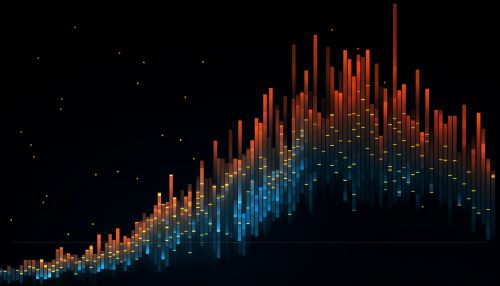Range (statistics)
Definition
In the field of statistics, the term "range" refers to the difference between the highest and lowest values in a set of data. It is a measure of statistical dispersion or variability, and is calculated by subtracting the smallest value from the largest value in the dataset.
Calculation
To calculate the range of a dataset, the following steps are taken:
- Arrange the data in ascending order.
- Identify the smallest and largest values.
- Subtract the smallest value from the largest value.
The result of this calculation is the range of the dataset.
Interpretation
The range provides a measure of how spread out the values in a dataset are. A larger range indicates a greater dispersion in the data, while a smaller range indicates that the data values are closer together. However, the range is a crude measure of variability, as it is greatly influenced by extreme values or outliers in the dataset. Therefore, it may not accurately represent the overall dispersion of the data.
Limitations
While the range is a simple and easy-to-understand measure of variability, it has several limitations:
- It is sensitive to outliers: A single extreme value can greatly increase the range, making it a less reliable measure of dispersion for datasets with outliers.
- It only considers two values: The range only takes into account the smallest and largest values in the dataset, ignoring the rest of the data.
- It does not provide information about the distribution of data: The range does not tell us anything about how the data is distributed between the smallest and largest values.
Due to these limitations, other measures of dispersion such as the interquartile range, variance, and standard deviation are often used in conjunction with or instead of the range.
Applications
Despite its limitations, the range is widely used in statistics and other fields due to its simplicity and ease of calculation. It is often used in descriptive statistics to provide a quick overview of the spread of data. In addition, it is commonly used in quality control and process improvement to monitor and control process variability.
See Also


